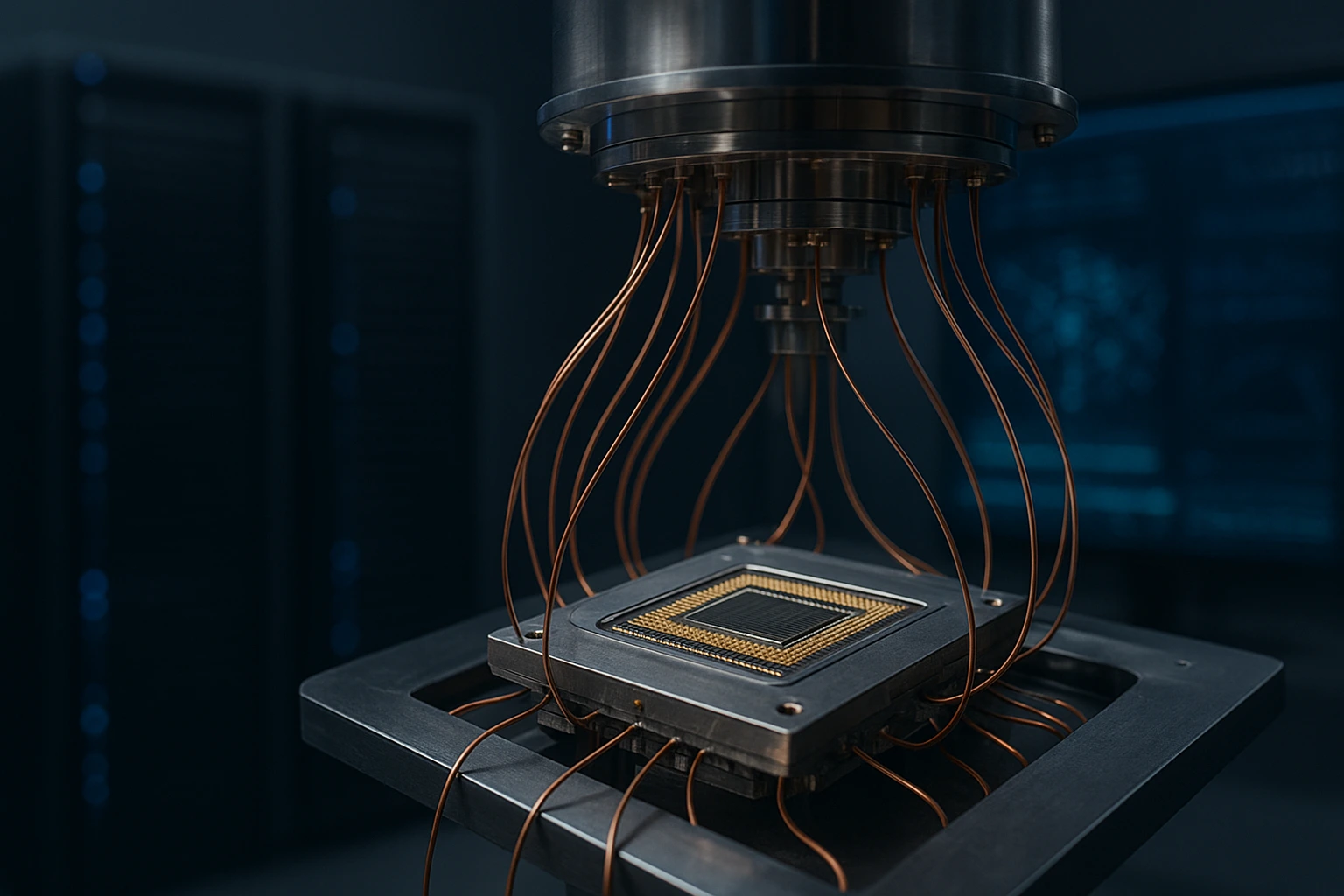Imagine a future where Taiwan’s cutting edge quantum HPC integration project unlocks scientific breakthroughs in medicine, climate modeling, national security, and advanced AI.
This is not science fiction it is the direction the National Science and Technology Council of Taiwan is moving toward with its ambitious plan to build a quantum computing mainframe integrated with high performance computing platforms by 2026.
This article unpacks why the project matters, what it means for global collaboration, and how it could reshape the balance of technological leadership in Asia and beyond.
In This Article
- Why Taiwan’s focus on quantum HPC integration represents a turning point in supercomputing.
- How international partnerships, case studies, and strategies can accelerate this initiative.
- What this means for industries, researchers, and governments worldwide.
Taiwan’s Quantum Leap From HPC to Quantum HPC Integration
For decades, high performance computing has powered everything from weather forecasting to drug discovery. But HPC, while powerful, still faces bottlenecks in speed, energy efficiency, and scalability.
Quantum computing, with its ability to process massive data sets simultaneously, offers a solution.
Taiwan’s NSTC wants to merge the brute force of HPC with the elegance of quantum mechanics, creating hybrid systems that outperform today’s supercomputers.
This project is not only about building machines it’s about positioning Taiwan as a global innovation hub at the intersection of quantum computing mainframes, HPC integration, and international partnerships.
No single country can master the complexity of quantum computing alone. Taiwan recognizes this and is actively seeking partnerships with governments, universities, and private companies worldwide.
IBM’s quantum roadmap and Europe’s EuroHPC initiative show how collaborative ecosystems accelerate innovation. Taiwan aims to learn from and contribute to these models.
Japan integrated HPC with quantum platforms through RIKEN’s Fugaku supercomputer. Taiwan hopes to replicate and even improve upon this integration.
Canada’s commercial and academic leadership in applied quantum provides another partnership model Taiwan can tap into.
By creating international alliances, Taiwan isn’t just importing technology it’s building a two way innovation bridge.
Taiwan’s Strategic Advantage in Quantum HPC
Taiwan already holds a strong position in global semiconductor manufacturing through TSMC, which produces chips for nearly every major tech company.
This gives Taiwan a unique edge, TSMC’s fabrication expertise can directly support quantum chip design.
Taiwan’s universities, like National Taiwan University, are producing world class researchers. By leading in quantum HPC integration, Taiwan can counterbalance China’s aggressive quantum push.
This synergy between existing semiconductor dominance and future quantum computing mainframe development could give Taiwan a first mover advantage.
How Quantum HPC Integration Could Transform Industries
The implications of Taiwan’s 2026 project are staggering. Let’s break them down sector by sector, Quantum enhanced HPC could simulate protein folding and drug interactions at unprecedented speed, cutting drug discovery timelines from years to months.
For example, Taiwan’s biotech sector could use hybrid systems to accelerate vaccine development. HPC already powers climate models, but quantum assisted computing could handle variables with far greater accuracy.
This could lead to precise typhoon predictions a critical advantage for Taiwan. Quantum enhanced encryption and real time risk modeling could help Taiwan’s financial sector stay ahead of global cyber threats.
By integrating AI training models with quantum mainframes, Taiwan could leapfrog global competitors in deep learning efficiency.
To make this project more than just an ambitious announcement, Taiwan needs to follow through with actionable steps, Establish quantum computing fellowship programs with MIT, ETH Zurich, and Oxford.
Encourage Taiwanese startups to codevelop quantum HPC applications with global tech giants. Develop national policies on quantum data governance to ensure responsible deployment.
Pilot Projects Launch real world testbeds in healthcare, finance, and energy to validate the quantum HPC integration model.
According to McKinsey’s 2024 report, the global quantum computing market is projected to exceed $90 billion by 2040, with HPC integration being a key driver.
Dr. Hsiao Wen Hung, a Taiwanese computer science researcher, notes Taiwan’s real strength lies in combining our semiconductor leadership with international collaboration.
Quantum HPC will be the natural evolution of this advantage. The US Department of Energy has already noted that hybrid HPC quantum systems will define the next generation of exascale computing. Taiwan’s project is aligned with this vision.
It’s 2027. A massive typhoon forms in the Pacific. Using Taiwan’s new quantum HPC integration system, researchers predict the storm’s path with 99.8% accuracy.
Millions of lives and billions in economic damage are saved. This isn’t just theory it’s the type of life changing application Taiwan hopes to deliver.
Taiwan’s Role in the Quantum Future
Taiwan’s bold move to launch a quantum HPC integration project by 2026 is more than national ambition it’s a call for international collaboration in reshaping computing’s future.
By leveraging semiconductor expertise, building global alliances, and focusing on practical applications, Taiwan could emerge as a true leader in the quantum HPC era.
Quantum HPC integration will redefine industries from healthcare to AI. Taiwan’s unique strengths semiconductors, talent, and strategy position it for success. International partnerships will be the catalyst for making this vision a reality.
If you’re as excited about the future of computing as we are, share this article, join the discussion in the comments, and explore how your industry could prepare for the quantum HPC revolution.

